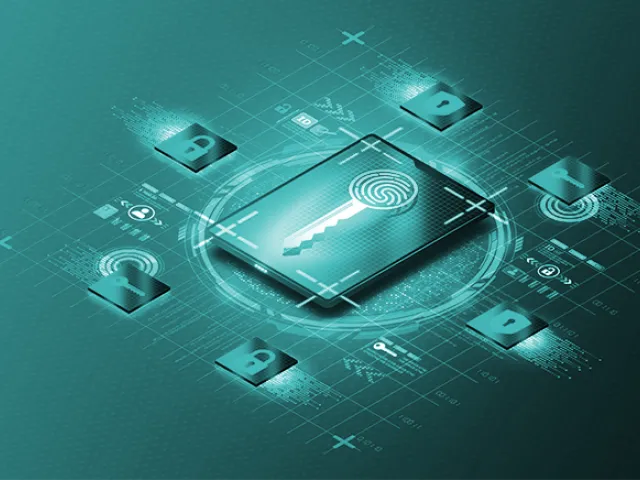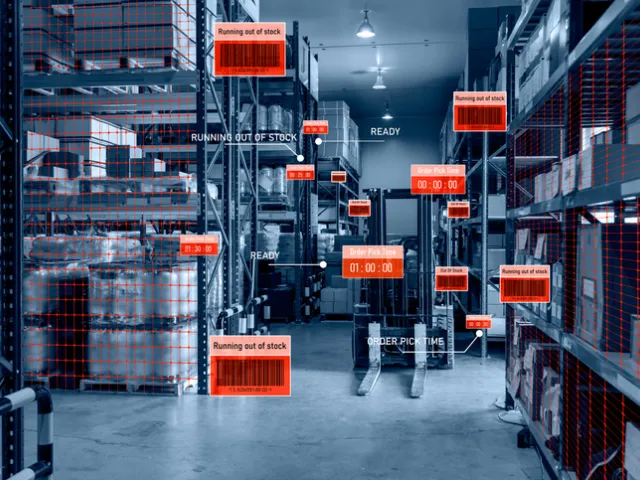Table of contents
Overview
The SOM Sales Shipment transaction is an XML-based message used to rrecord and communicate the shipment of serialized products between companies and their trading partners. It allows for the exchange of important shipment information without granting partners direct access to the serialization system of record. The message supports various use cases, including commission and shipping events, and can handle both aggregated and non-aggregated product data.
Triggered at the point of shipment, the SOM Sales Shipment transaction shipping events and serialization data, including product identifiers, aggregation hierarchy, shipping location, and recipient details. It provides downstream systems, trading partners, and regulatory authorities with a verifiable and auditable record of compliant serialized product movement. It integrates follows the TL XML schema to support secure and standards-based data exchange between systems and trading partners.
Key Use Cases
- Record the shipment of serialized product.
- Ensure DSCSA and global track and trace compliance by tracking shipments.
- Provide serialized shipment data to downstream systems and trading partners.
- Trigger post-shipment processes such as invoicing, customs clearance, and product verification.
- Maintain audit-ready documentation of serialized shipments.
- Integrate with ERP, WMS, and logistics systems for automated fulfillment.
Data Elements Included
A TL XML – SOM Sales Shipment includes:
- Serialized Product Identifiers (EPCs): SGTINs or SSCCs of the serialized units or containers being shipped.
- Shipment ID: Unique identifier for the shipment (e.g., ASN or delivery number).
- Sales Order Reference: Identifier linking the shipment to the originating sales order.
- Event Timestamp: Date and time when the shipment was initiated.
- Read Point: Physical or logical location where the shipment was recorded (e.g., warehouse, dock).
- Business Location: GLN or internal site code of the shipping facility.
- Destination Party: GLN or identifier of the receiving customer.
- Disposition: Typically set to "shipped" or "in_transit".
- Carrier and Tracking Info (optional): Logistics provider and tracking number.
- Transaction ID (optional): Unique ID for traceability and audit purposes.
- Digital Signature (optional): Ensures data integrity and regulatory compliance.
- Comments or Notes (optional): Free-text field for shipping context or exceptions.
Benefits of TL XML – SOM Sales Shipment
- Identifies and confirms the serialized products that are shipped.
- Ensures compliance with DSCSA, global track and trace regulations, and internal SOPs.
- Provides traceable, auditable shipment records for regulatory inspections.
- Automates data exchange with partners and internal systems.
- Reduces manual errors and accelerates order-to-cash processes.
Business Process: TL XML – SOM Sales Shipment
The SOM Sales Shipment transaction may fit into the serialized order fulfillment and compliance workflow as follows:
- A customer order is created and evaluated.
- Serialized units are picked, packed, and staged for shipment.
- SOM Sales Shipment (TL XML) is triggered.
- Shipment data is sent to downstream systems for tracking and verification.
- Products are physically shipped, and receiving parties use the data for confirmation.
- TraceLink logs the transaction for traceability, compliance, and audit readiness.
How TraceLink Supports TL XML – SOM Sales Shipment
TraceLink’s OPUS Platform, powered by B2N Integrate-Once™, enables secure, compliant shipment processing by:
- Capturing serialized shipment events from ERP, WMS, or logistics systems.
- Automatically generating TL XML-compliant shipment messages.
- Transmitting shipment data to downstream partners, regulators, and serialization repositories.
- Providing dashboards and logs to monitor shipment status.
- Supporting exception handling for partial shipments, rejected orders, or re-shipments.
- Ensuring secure communication with optional digital signatures and encryption.
Explore More Serialization & Compliance Capabilities
- EPCIS Serialization: Capture and transmit commissioning events at the unit, case, or pallet level.
- SOM Product Release: Digitally authorize serialized product movement
- SOM Country Clearance: Confirm compliance with destination market customs rules prior to export or distribution.
- SOM Receipt: Confirm serialized product delivery and reconcile with shipments.
Need Help Implementing TL XML Transactions?
Contact us to learn how our OPUS Platform and B2N Integrate-Once™ model can help you automate shipments, ensure serialization compliance, and enable secure, interoperable data exchange across your pharmaceutical supply chain.








